So Much Footage!Our mission to Thailand is incredible adventure made even better because our friends Jan, Tu, and Laimek could join us. Not only can they act as translators and guides but the are ALSO super generous and are sharing all of their photos and videos with us! This presents a new problem...what do we leave behind? We work hard to ensure that our field mission videos are developmentally appropriate, tell an interesting and cohesive story, and present evidence students need to evaluate the hypothesis. That means not every amazing moment makes it into the videos. We're sharing some of those photos and videos on our social media feeds so be sure to follow us on Facebook, Instagram, and Twitter! We are also posting some here. We had some of our Super Teachers ask for bonus photos to use to for practicing "productive talk" with their students! Take a look at one of the photos with your students then try one or more of the productive talk moves as your students describe or explain what they see. I love this list:
0 Comments
Evaluating, tracking, and organizing!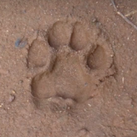 We'll be searching for many types of evidence on Mission: Tigers! This field research adventure will require students to think not only about the quantity of evidence but also the quality. Unlike calculating a relative abundance ratio as we did with kangaroos in Australia or carnivores and herbivores in Namibia, this hypothesis leaves a bit more room for interpretation. The answer may not be clear cut and we think that's AWESOME! This mission will push students to talk to each other and explain their reasoning. What evidence supports their position? Why might they consider some evidence more significant? Students can record individual thoughts and observations in their journals through writing, drawing and dictation. They might make short videos on classroom tablets. Ultimately, however, the group will need to come to a consensus. One student might be convinced that seeing scratch marks in one place means tigers are making HKK their home. A classmate might point out that one set of scratch marks could be made by a tiger passing though, but if there are scratch marks AND spray it could be stronger evidence. Conversations like these are essential to the process of science! Your students will essentially be engaged in peer review.
|
Details
Meet Beth and Curtis!Presidential Award-Winning teacher and hula hoop fanatic, Beth loves bringing real world science to kids! Beth is fascinated by engineering challenges, technology, and outdoor learning spaces. After 25 years teaching kindergarten, she’s excited to share her passion and experience on-line with classrooms from around the world! Archives
May 2021
Categories
All
|
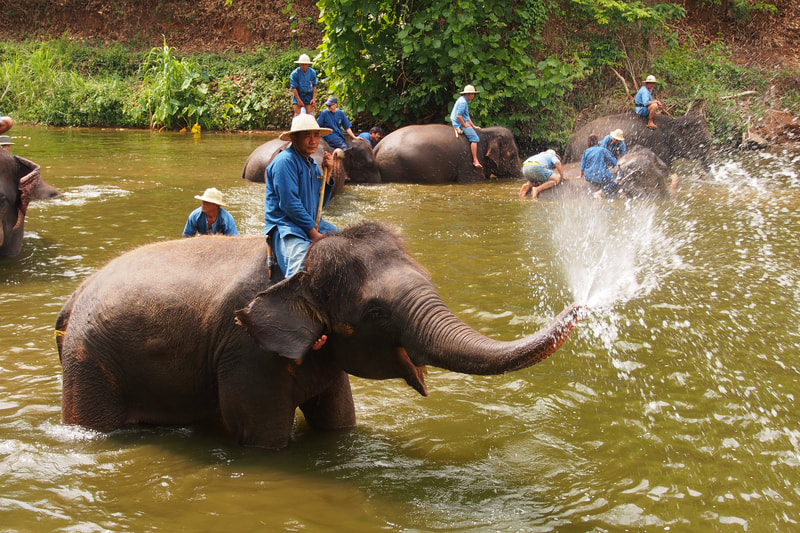

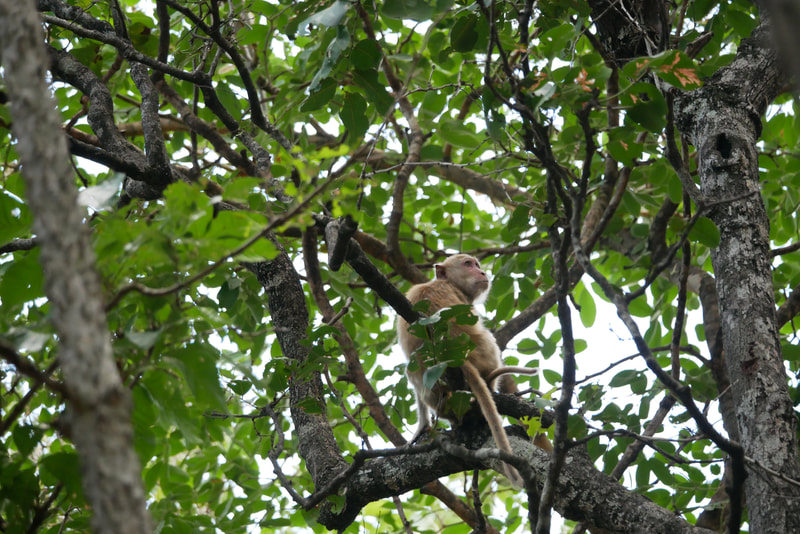
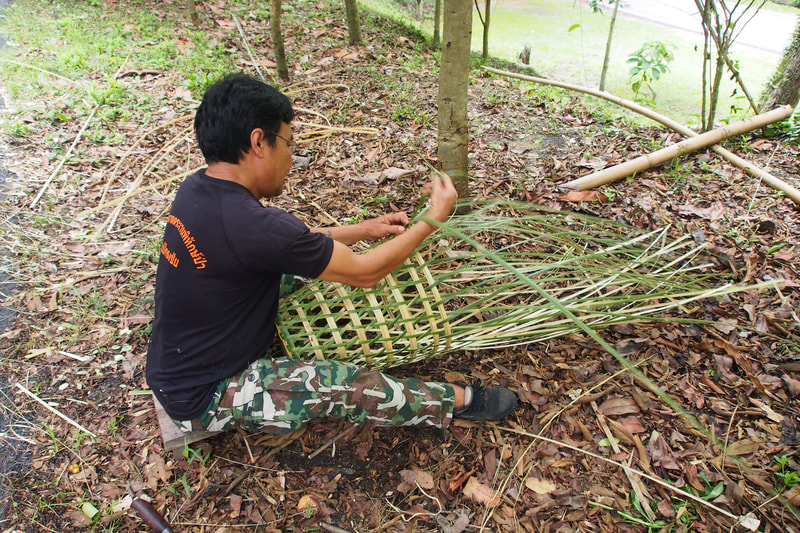


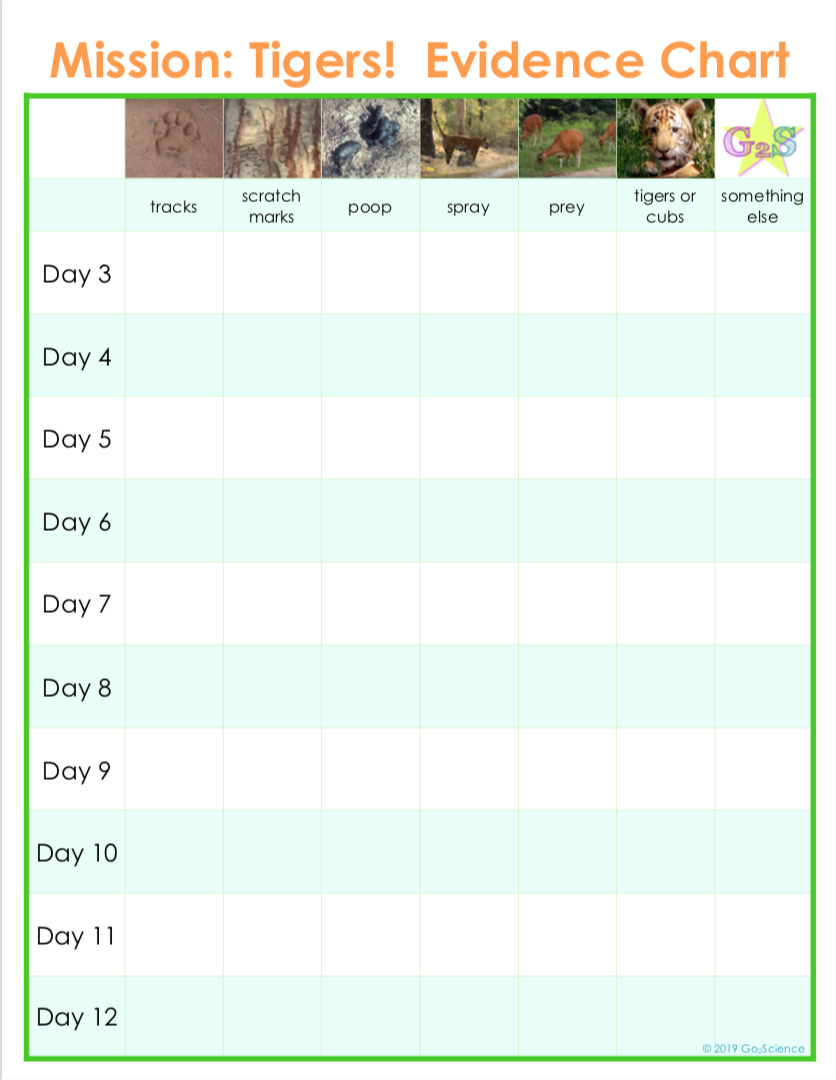
 RSS Feed
RSS Feed
